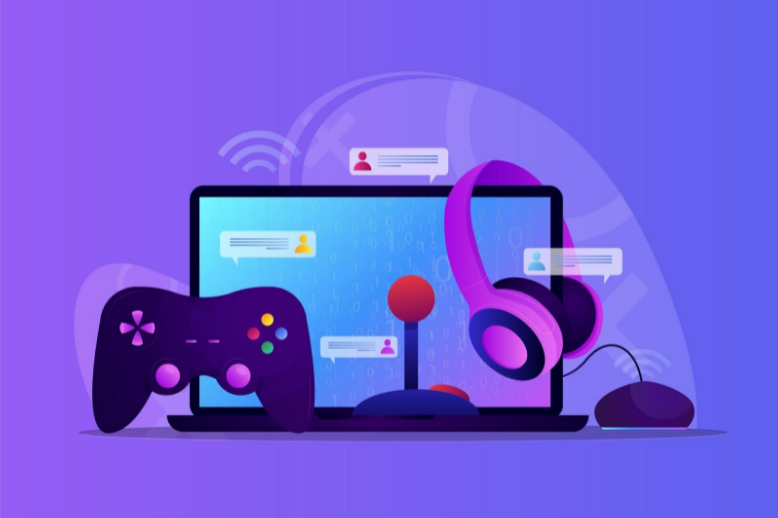You probably know about the tools that automate content recreation and save time. But have you ever wondered how those tools operate? Yes, NLP is one thing. But besides NLP, a lot is happening at the back end of AI content recreation tools. So, if you want to understand the back-end mechanism of content automation tools, this guide is for you.
Here, we’ll see how NLP and other technologies play a role in content automation. But we’ll approach this guide in non-technical terms. This way, even technophobes can follow it. So, without wasting any time, let’s begin.

The Concept of NLP:
Everybody knows that NLP is the short form of Natural Language Processing. People often define the term NLP through technical terminologies. However, no one explains the concept of NLP with real-life examples. Therefore, we have decided to break this tradition.
Let’s say you enter a hairdressing salon and the receptionist informs you that the stylist is free. You can instantly interpret the receptionist’s message because you have context. But what about computers or machines?
Computers or machines are programmed to understand written and spoken words. But computers will have to understand the context for actually communicating with people. And that’s where Natural Language Processing technology comes in.
Machines and computers take assistance from NLP to look beyond individual words or phrases and understand the context in which they are delivered. A prime example of NLP machine learning is when we ask virtual assistants (Siri, Google Assistant, etc.) to play rock and they play the rock music instead of hitting the actual stones against the wall.
Thus, computers and machines often try this technology to communicate with anyone in real time.
How NLP Helps in Content Recreation or Rewriting?
NLP is the root of any AI rewriting or paraphrasing tool. It works alongside Machine Learning (ML) in an A. So, let’s see how NLP works in different phases at the back end of automated content rewriting tools.
- Detection of Input:
The first phase of any AI writing technology is input detection. This step is crucial because, here, the tool understands the original state of the input with the help of NLP.
Thus, when you enter content into any AI content recreation tool, it detects and understands its tone first with the help of NLP.

- Input’s Transformation into Machine-Friendly Format:
Since machines cannot understand our language, the next phase contains the transformation of entered text into machine-friendly language.
Thus, NLP converts the input into machine language after understanding the content’s tone and detecting the original phrases. The machine language helps the AI content recreation tools understand the key phrases and terms in the input.
- The Output Phase:
Once machine learning has fed the understood vital phrases and terms to the AI content recreation tool, the tool will move to the text modification phase.
In the text modification phase, the automated content recreation tool will change the specific words with their relevant synonyms and tweak the sentence structures. However, as mentioned earlier, the tool will not shift the output from its original theme.

Conclusion:
When it comes to content recreation tools, everybody thinks about NLP. Yes, NLP plays a significant role, as it helps in context and tone detection. But as discussed in the above guide, NLP alone is not responsible for recreating text from source data. Machine Learning is also there.
Machine Learning is a bridge between the NLP technique and the tool that carries the content recreation. It helps NLP feed the detected information in machine-friendly language to the tool. However, if all this information sounds gibberish to you, read the above material because we have explored these concepts in detail in the above discussion.
















